What else are we going to get with our home deliveries this Diwali?
With the beauty and joy of receiving the gifts we order online, we will also be welcoming a whole ton of packaging waste! This issue of our newsletter looks at how online shopping and home deliveries, have impacted the scale of plastic pollution. In light of the recent ban on disposable plastic, where does online shopping stand with minimizing its carbon footprint?
|
|
|
The retail industry is undergoing a revolutionary change as advances in digital technology are changing the way people shop. Shopping is a major part of Indian festivals and with Diwali approaching, we usually go into a frenzy, shopping from online sites to get the best available deal.
Online shopping sites provide us with almost anything from electronic appliance to apparel to food products from the comfort of one’s home. And with these online sites offering big discounts, people no longer feel the need of stepping out for shopping.
|
|

|
|
Source: cf.ltkcdn.net
|
|
|
Convenience at what cost?
|
|
|
|
In 2017, approximately 1.66 billion people worldwide used online shopping. In today’s fast paced world, when people cannot spare time for walking leisurely around malls and stores searching for products, online shopping gives an edge over conventional shopping. Online shoppers browse and check out products from their own homes, thus avoiding the huge crowds of stores particularly during the festive seasons.
A recent study conducted by Deloitte Consulting in 2016 reports that in the US, other than household groceries and food items which still have consumers going to the store, all other products find a huge market online. Even for food products, in India, sites like Big basket, Grofers and Nature’s basket are slowly picking up and people are shifting from their normal vegetable seller to these online sites. So the online market is gradually blooming in India.
|
|
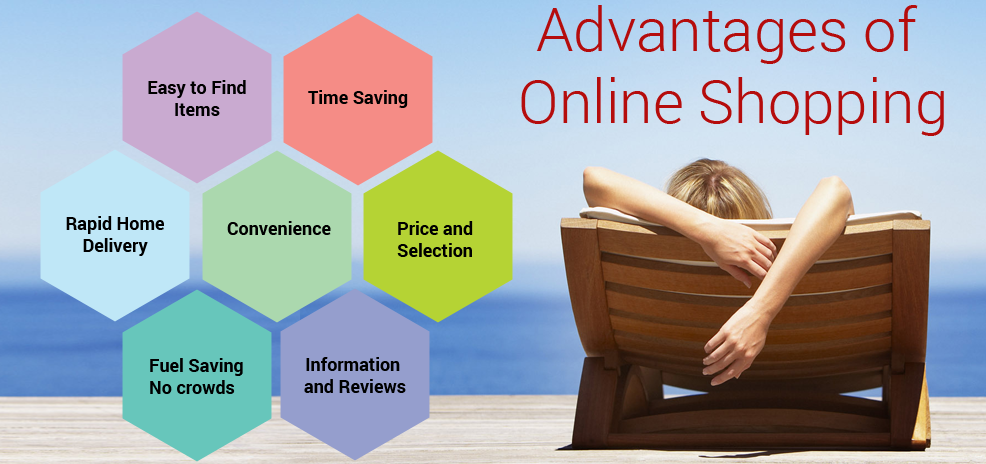
|
|
Source:convinienceofonlineshopping.com
|
|
|
Increasing Carbon Footprints
|
|
|
|
Carbon footprint is an estimate of emission of green house gases across the retail supply chain. Carbon dioxide represents approximately 84% of the total green house gas emission (Environment Protection Agency, 2011). Measuring the carbon footprint of a particular product or service is one way of understanding its environmental impact.
Both traditional shopping by going to stores and online shopping have their own carbon footprint. This is determined by a number of factors including the distance traveled to get the product to the store, travel method used, the type of fuel spent, logistics involved to get the product to home delivery or the store, rural and urban delivery, environmental cost of packaging etc.
|
|
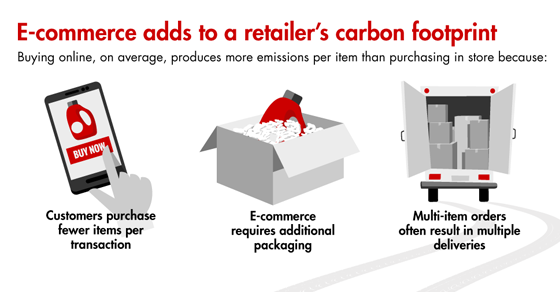
|
|
Source: www.bain.com
|
|
|
The online product for delivery comes with huge layers of packaging to keep the product intact during transit. The functions of these packaging materials include protection from moisture, shock absorption and damage control.
The packaging of online shopping boxes primarily consists of multiple layers of plastic, bubble wrap, air packets, tape and cardboard cartons. Many companies also use styrofoam blocks as a filler in the packages. Styrofoam also known as thermocol, is extruded polystyrene foam board. These materials do not degrade in the environment and the recycling options are not economical. E-commerce companies remain the least reported users and generators of plastic waste.
|
|
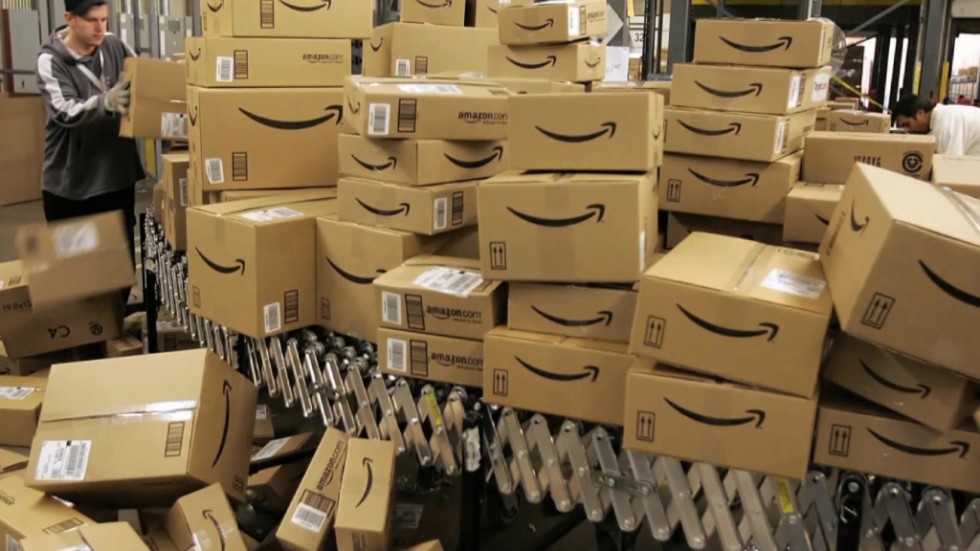
|
|
Source: cbsminnesota.files.wordpress.com
|
|
| PACKAGING MATERIALS |
USES |
RECYCLABLE/REUSABLE |
Bubble wrap
|
Shock Absorbents |
Reusable |
Plastic air bags
|
Shock Absorbents |
--------- |
Plastic zip lock
|
Separation of items |
Reusable |
Plastic cling film
|
Water proofing,
External Layer |
--------- |
Styrofoam
|
Protection |
--------- |
Cardboard cartons
|
Protection |
Recyclable,
But loses its quality after recycling a few times |
|
|
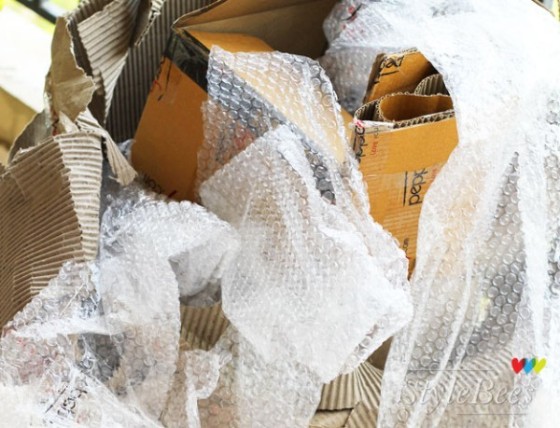
|
|
Source: www.stylebees.com
|
|
|
While paper is a biodegradable product, the production and use of cardboard cartons, especially if it involves virgin paper is also problematic. Wood is the main raw material used to produce the cartons for online product delivery. The increase in carton production indicates that a large amount of forest cover is being destroyed. For example; approximately 165 billion packages are shipped in the US each year, and the cardboard used for this roughly equals to more than 1 billion trees being cut down.
|
|
|
The logistics involved in online shopping makes it less environmentally friendly, leading to a larger carbon footprint than conventional shopping.
In 2016, in the US, transportation was the highest contributor of carbon dioxide. India too faces the same scenario. Most of the contribution of CO2, nearly a quarter of it comes from heavy and medium duty trucks. These trucks are primarily used in the transportation of goods.
The possibility of placing orders from anywhere in the world to any source supplier, means that goods are travelling much longer distances to reach us. It has also radically changed our shopping choices and habits, with the possibility of returning goods that one does not approve of, hence doubling the transportation involved.
|
|
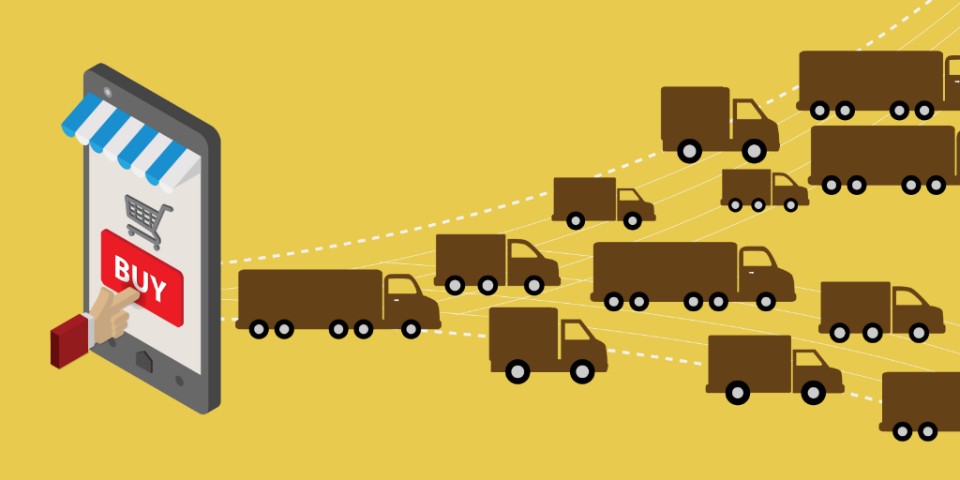
|
|
Source: meetingsofthemind.org
|
|
|
Additionally, the express delivery service that online sites have started to offer, that deliver packages in a day or two, use air freight for transportation which leaves a higher carbon footprint compared to delivery by trucks. A research conducted by MIT in 2013 has reported that air deliveries of online shoppers offer a carbon footprint two times larger than the deliveries by traditional trucks.
|
|
The good old way..
Even though there is much hype of online retail taking over traditional shopping, there are still many people who prefer shopping from stores, over the online mode. The primary reasons as to why people go for the traditional shopping practice are;
- People prefer to touch, see and try the product before buying it, particularly in the case of clothing.
- Online shopping takes time to deliver.
- Consumers have to pay extra for the delivery charges in online shopping, thus increasing the total price of the commodity.
- The social interaction factor also makes people to physically go to stores for shopping.
|
|
|
Dont throw it away - Reusable packaging!
The most ideal solution would be to use reusable packaging. One innovative effort has been put up by an online retailer called “Toad and Co.”, in the US which focuses on reusing its package boxes for new orders. This retailer asks their customers to simply return their packaging box which can then be reused again. To make such a system possible, the vendor has to design a package that can be used again and again, as well as create a system of collection that allows buyers to return the packaging.
To do this , vendors are exploring tie ups with postal services.
|
|
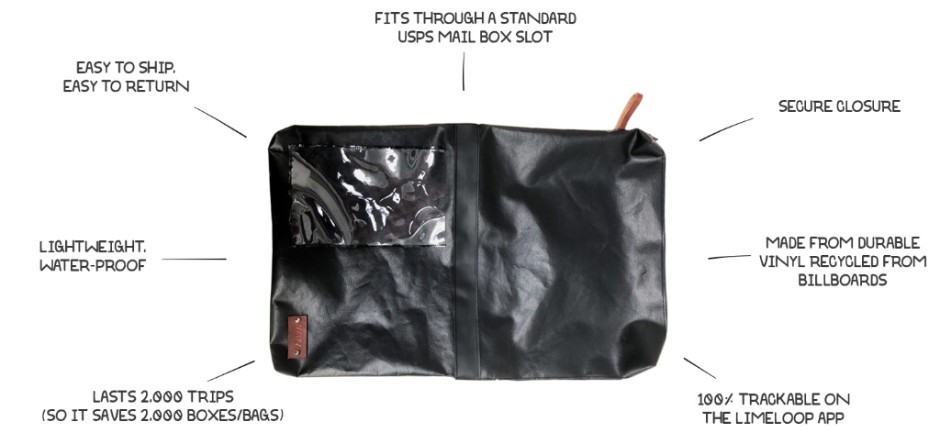
|
|
Source: toad&co.com
|
|
|
RePack is another packaging service that offers reusable packaging. The package needs simply to be returned and then can be reused again. Finnish textile company, Finlayson has offered RePack in their webstore as an option when people check out after buying their products. Once a RePack is returned, the customer is rewarded with a 10% voucher at Finlayson or any other store using RePack. This creates an incentive for reuse among consumers.
|
|
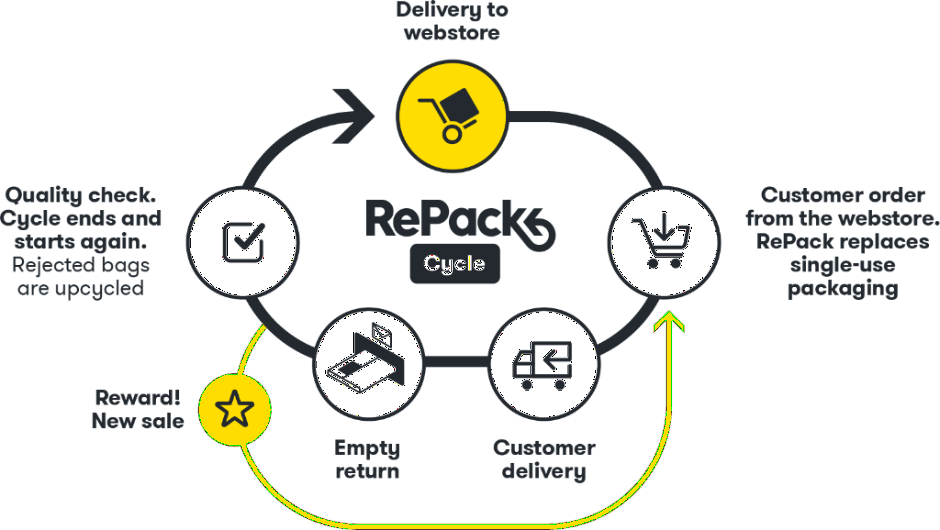
|
|
Source: originalrepack.com
|
|
|
Biodegradable materials
In place of the bubble wrap and the plastic air bags, the packaging industry is now exploring the use of biodegradable materials such as paper and mushroom. The structure of the packaging offers shock absorption. Moulded paper packaging is one such solution.
|
|
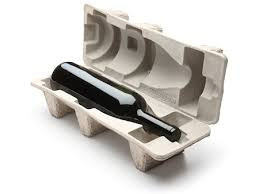
|
|
Source: cspackaging.com
|
|
|
Another ecofriendly packaging option has been developed by Ecovative Designs, a company which has developed an innovative technology by using mushrooms for packaging. Ikea, Dell and Merck are some companies who are using mushroom packaging for their products.
|
|
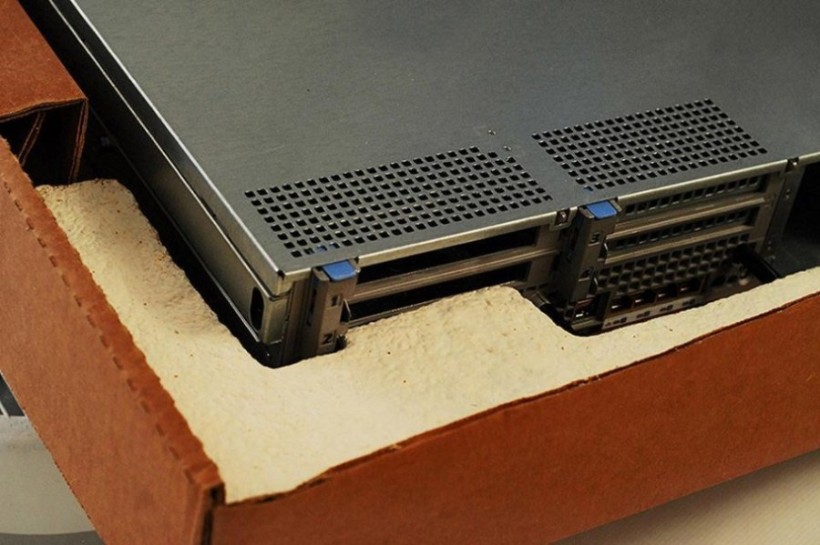
|
Dell server packed in mushroom packaging
Source: ecovativedesign.com
|
|
|
Plugging into existing waste management systems in India
The system of waste management in India is labour dependent and provides livelihoods to several thousands of rag pickers and recyclers. Online vendors could also explore tie ups with rag picker groups, incentivising them to segregate and collect specific branded packaging and returning it to the suppliers. These packages are then returned back to the shopping site which can then be reused for their new orders. In this way they can take on their extended producer responsibilities.
Similarly customers themselves can also be asked to return their package boxes and vendors can provide them with credits or refundable deposits. The delivery persons who bring the product to the doorstep can also be the ones to take the packaging back when possible.
|
|
This Diwali, let us take that extra step towards conservation, by putting in a thought to the packaging waste our online purchases are generating. Let us enter this dialogue and look for creative solutions within our reach.
What you can do:
1. Only shop for the most crucial items online that you cannot find in your local markets
2. If you do shop online, send a message to your supplier to think about the packaging they are using
3. If you do shop online, try to order multiple items at one go so they can be packed together.
4. Check the packaging materials that come to you and see which ones you can store and reuse.
5. Find a rag picker or a raddi wallah who can take your cartons and put them back into the recycling system.
6. Speak to the delivery boy and ask them if they would collect the packet back from you - the more you do this the more the message will travel back to the courier companies and the online vendors.
|
|
|
|